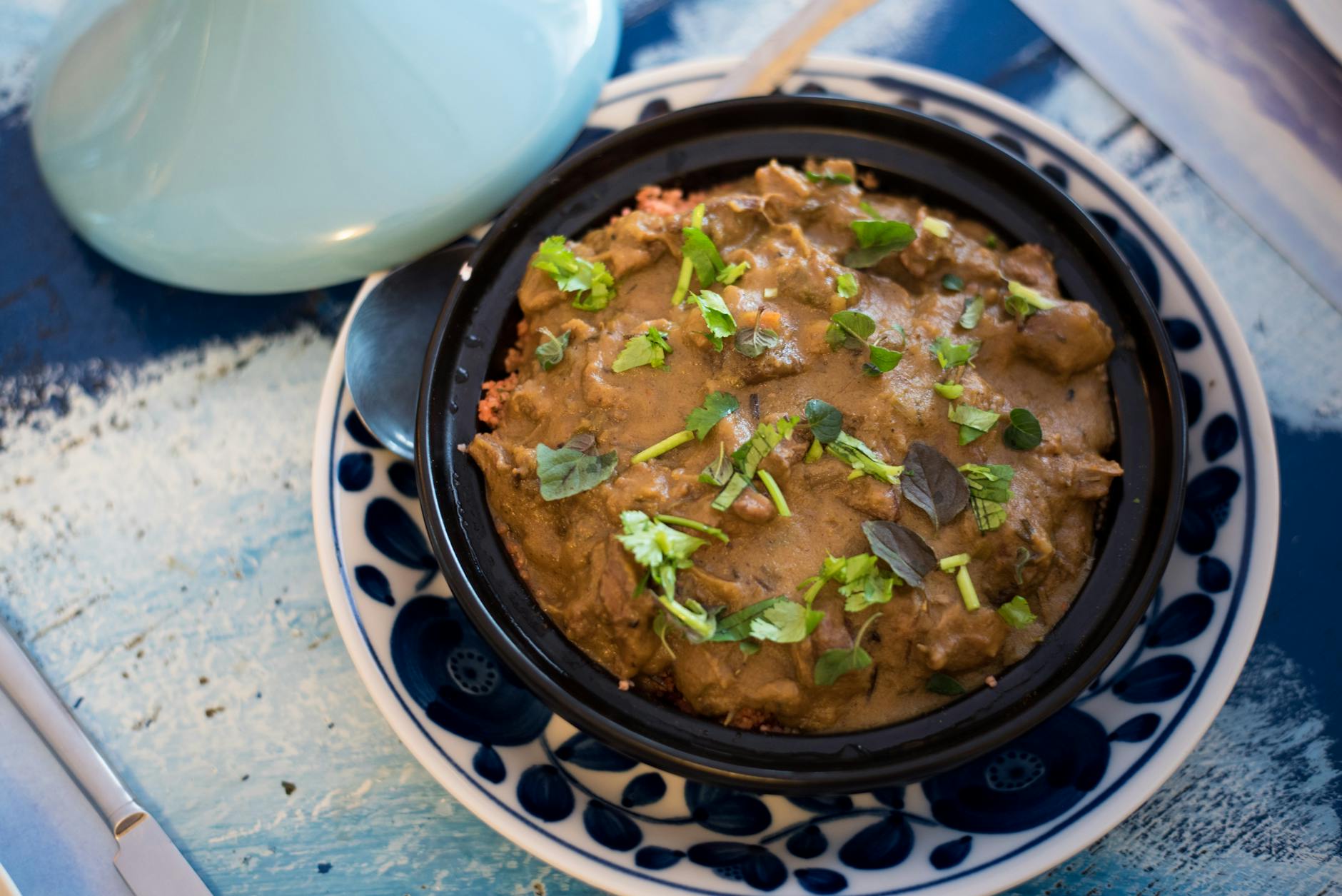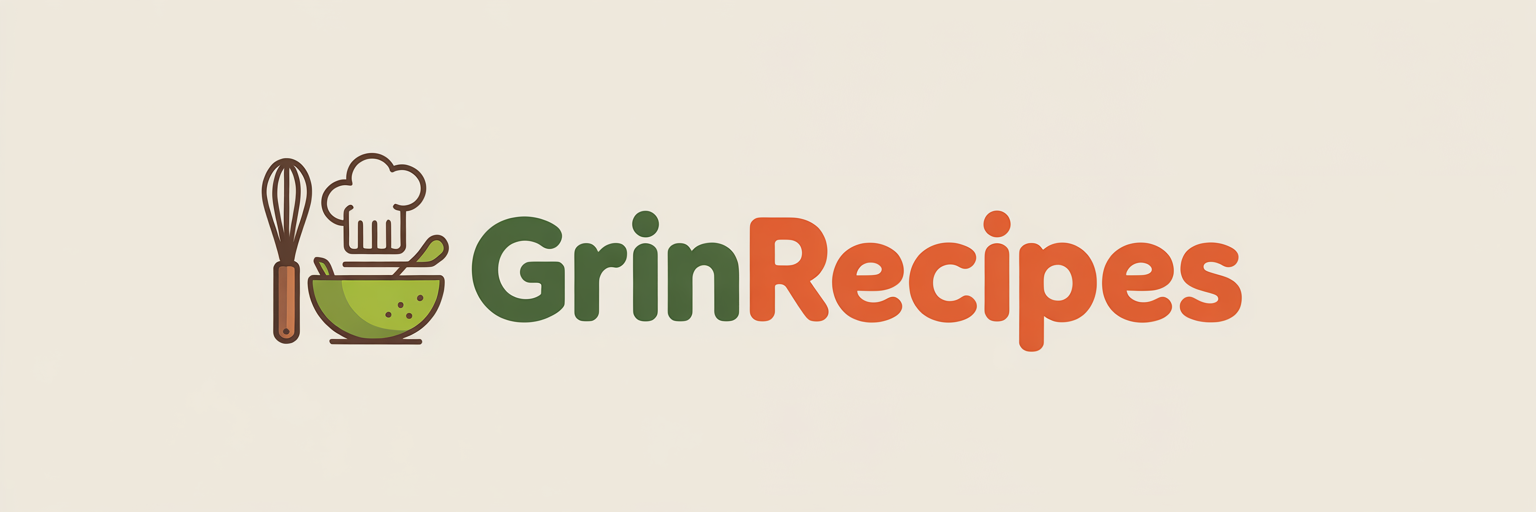Ingredients Overview
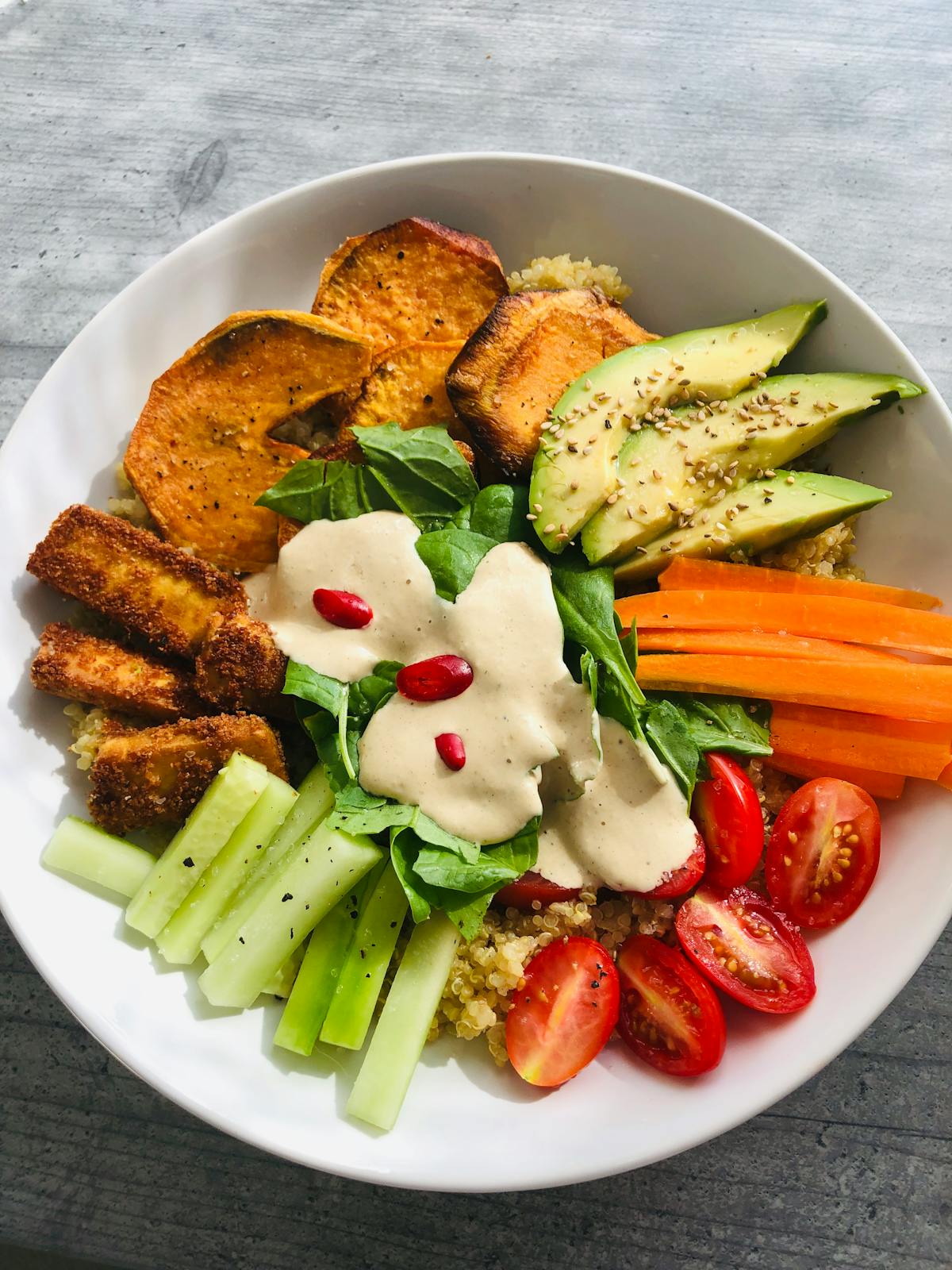
moroccan couscous with seven vegetables — Traditional spices used in Moroccan couscous
moroccan couscous with seven vegetables — This is a test draft created via Python automation.
Next steps will add: images (3x), WP Recipe Maker card, and Rank Math checks.
Step-by-Step: Simmer the Vegetables
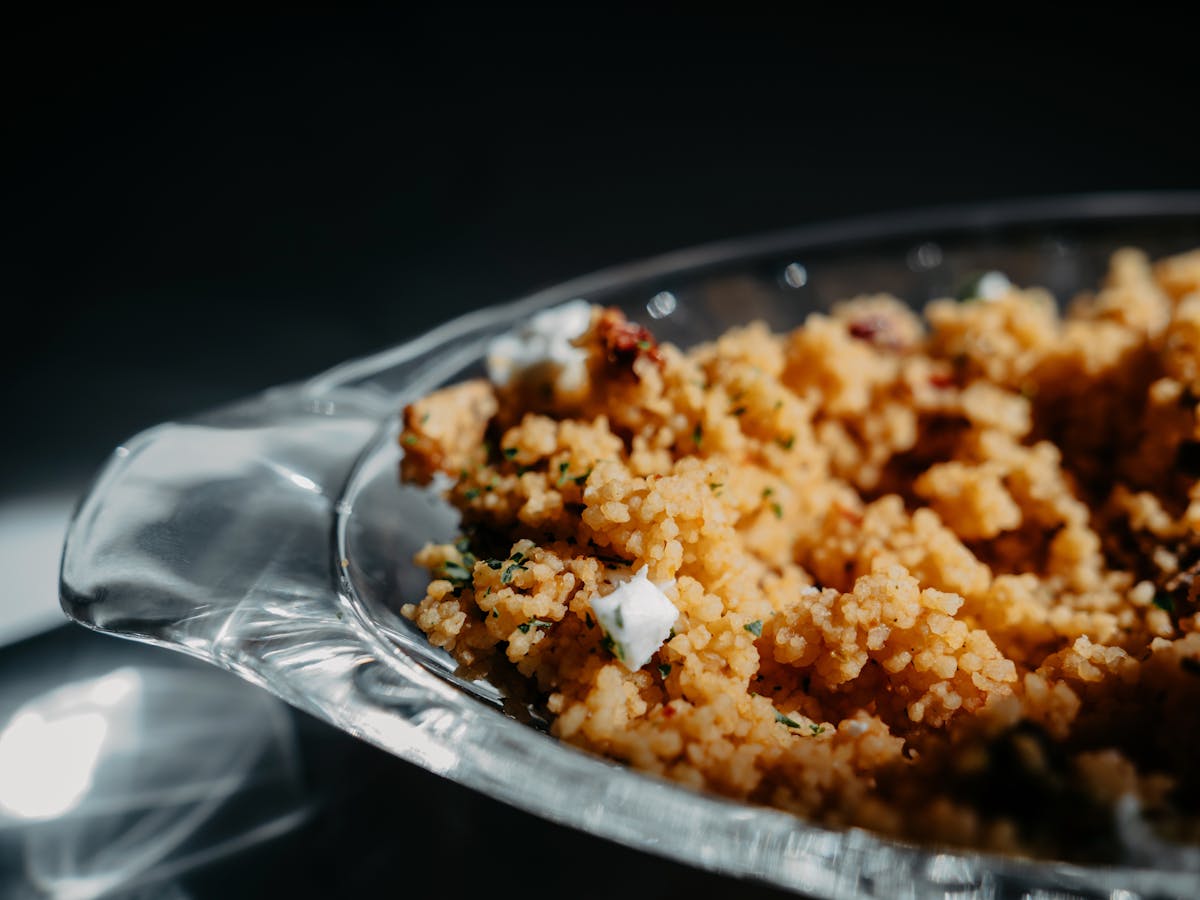
Final Result
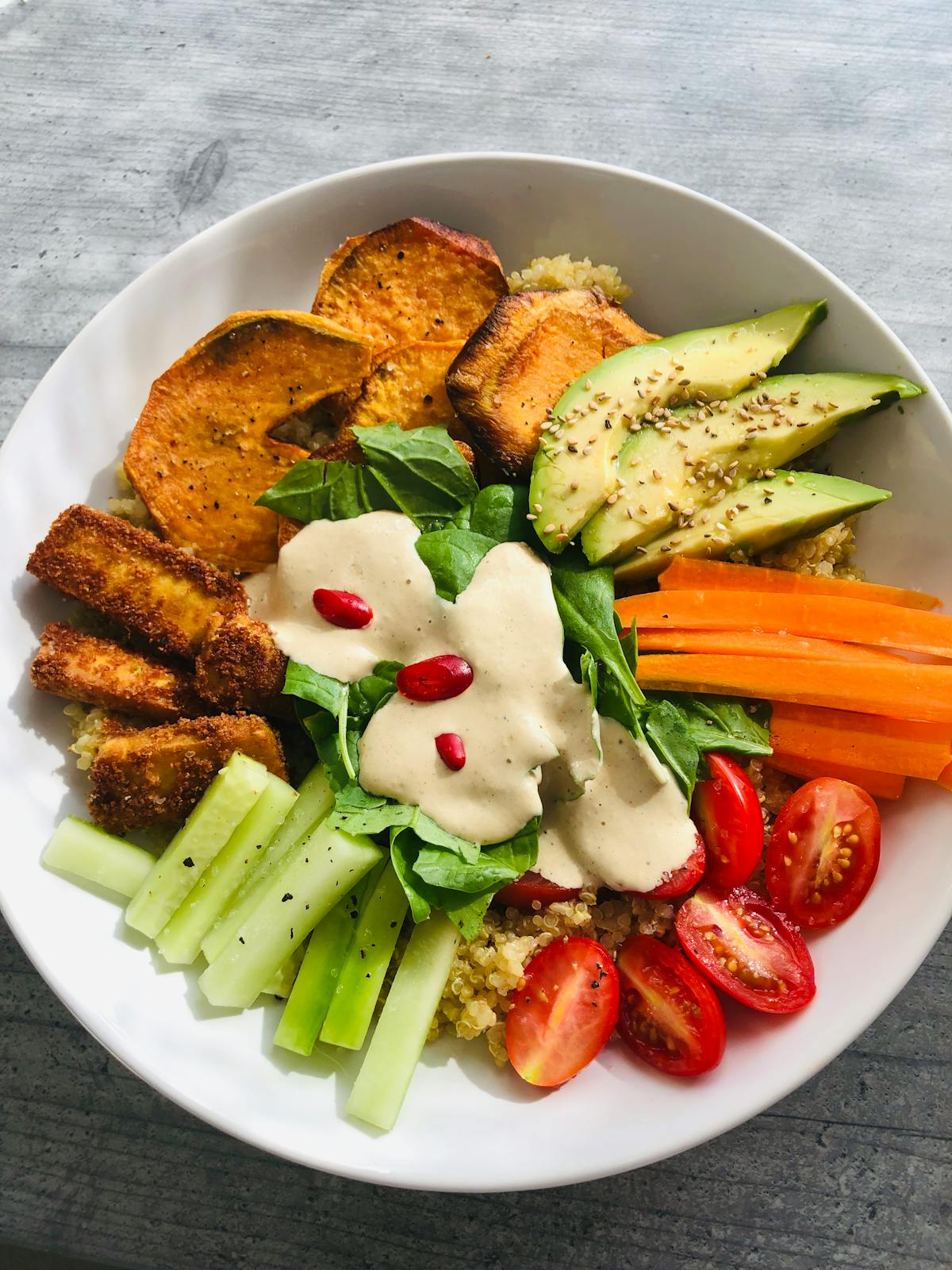
Recipe Card
Moroccan Couscous with Seven Vegetables
Notes
Related: Try our chicken tagine next.
Learn more about couscous on Wikipedia.
What is Moroccan Couscous?
Moroccan couscous is a fluffy semolina dish traditionally steamed and served with a fragrant vegetable broth. The “seven vegetables” version symbolizes abundance and balance. While quick-cook couscous is common, steaming over the broth (or hydrating with hot broth and then fluffing) gives better texture and flavor.
Ingredient Notes
- Couscous: Use medium-grain Moroccan couscous (not pearl/Israeli). If using instant, hydrate with hot broth and rest covered 5–10 minutes.
- Broth: Vegetable broth keeps it meatless; chicken or lamb broth adds depth if you’re not vegetarian.
- Vegetables: Carrot, zucchini, cabbage, turnip, eggplant, tomato and chickpeas are classic. Cut in even pieces for consistent cooking.
- Spices: Turmeric and ginger provide warmth; a pinch of cinnamon adds sweetness. Adjust salt/pepper to taste.
- Olive oil: A drizzle at the end adds gloss and aroma.
Step-by-Step Tips
Brown the onions gently for sweetness before adding sturdier vegetables. Simmer until tender but not mushy; add quick-cook vegetables (zucchini, chickpeas) later. For fluffiest grains, rub a teaspoon of oil into the dry couscous, then hydrate with hot broth, cover, rest, and fluff with a fork. If steaming, spread couscous in a steamer (keskes) above the pot, steam 10–15 minutes, sprinkle with salted water, fluff, and repeat once more.
Variations
- Harissa heat: Stir a little harissa into the broth for spice.
- Raisins & onions: Serve with tfaya (caramelized onions and raisins) for a sweet-savory finish.
- Protein: Add braised lamb, chicken, or plant-based merguez to turn it into a feast.
Serving & Storage
Make a mound of couscous on a platter and ladle vegetables and broth over the top. Garnish with parsley or cilantro and a squeeze of lemon. Leftovers keep 3–4 days in the fridge. Reheat couscous by steaming or microwaving with a splash of broth to revive moisture.
FAQs
Why are my grains clumpy? Use enough liquid, rest covered, then fluff with a fork. A teaspoon of oil on the dry grains helps separation.
Can I use whole-wheat couscous? Yes; increase liquid slightly and add a few extra minutes of resting time.
How much liquid per cup? Start around 1:1 for quick-cook; for steaming, you’ll hydrate in stages.
Ingredients at a Glance
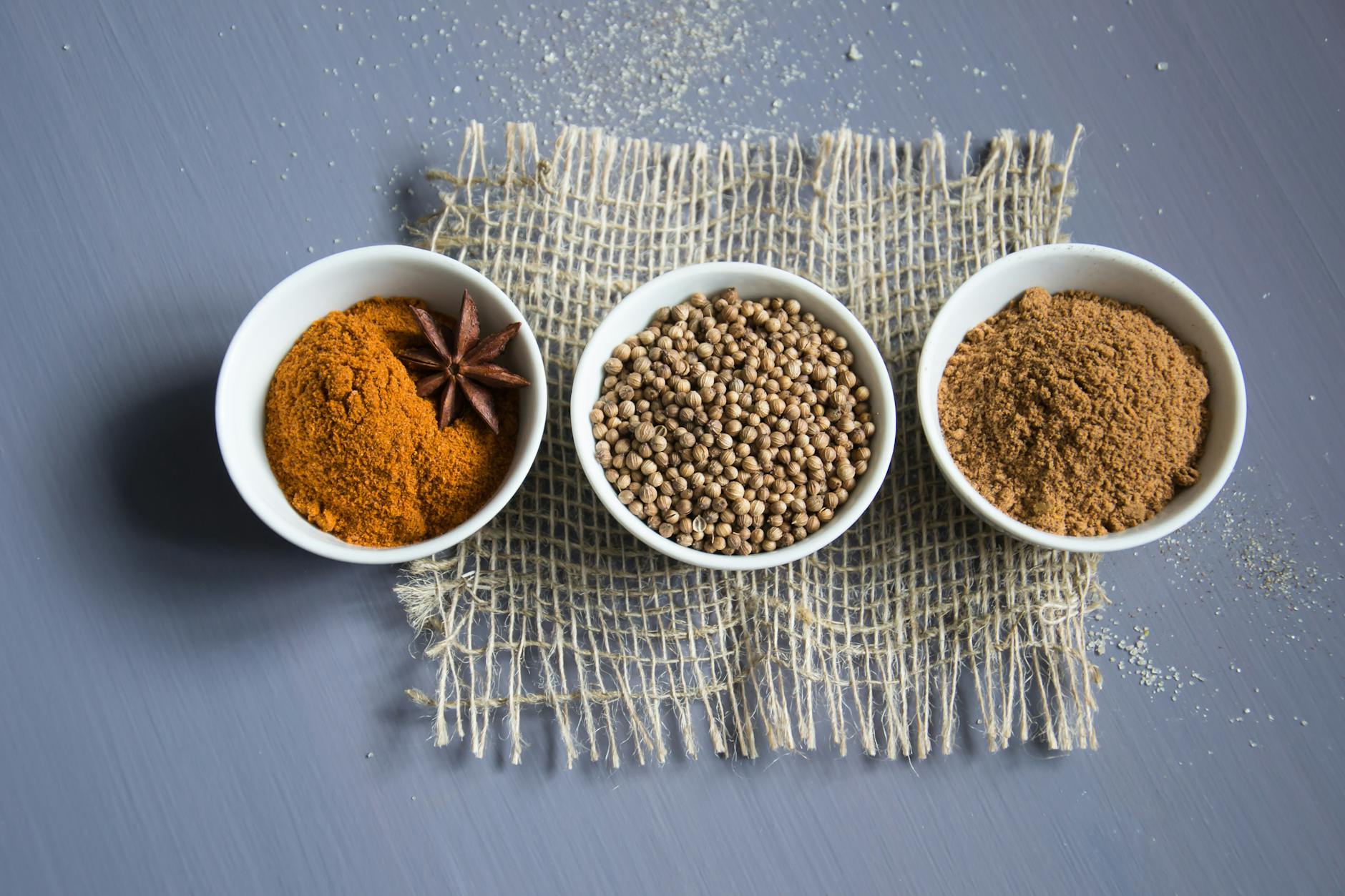
In the Kitchen (Process)
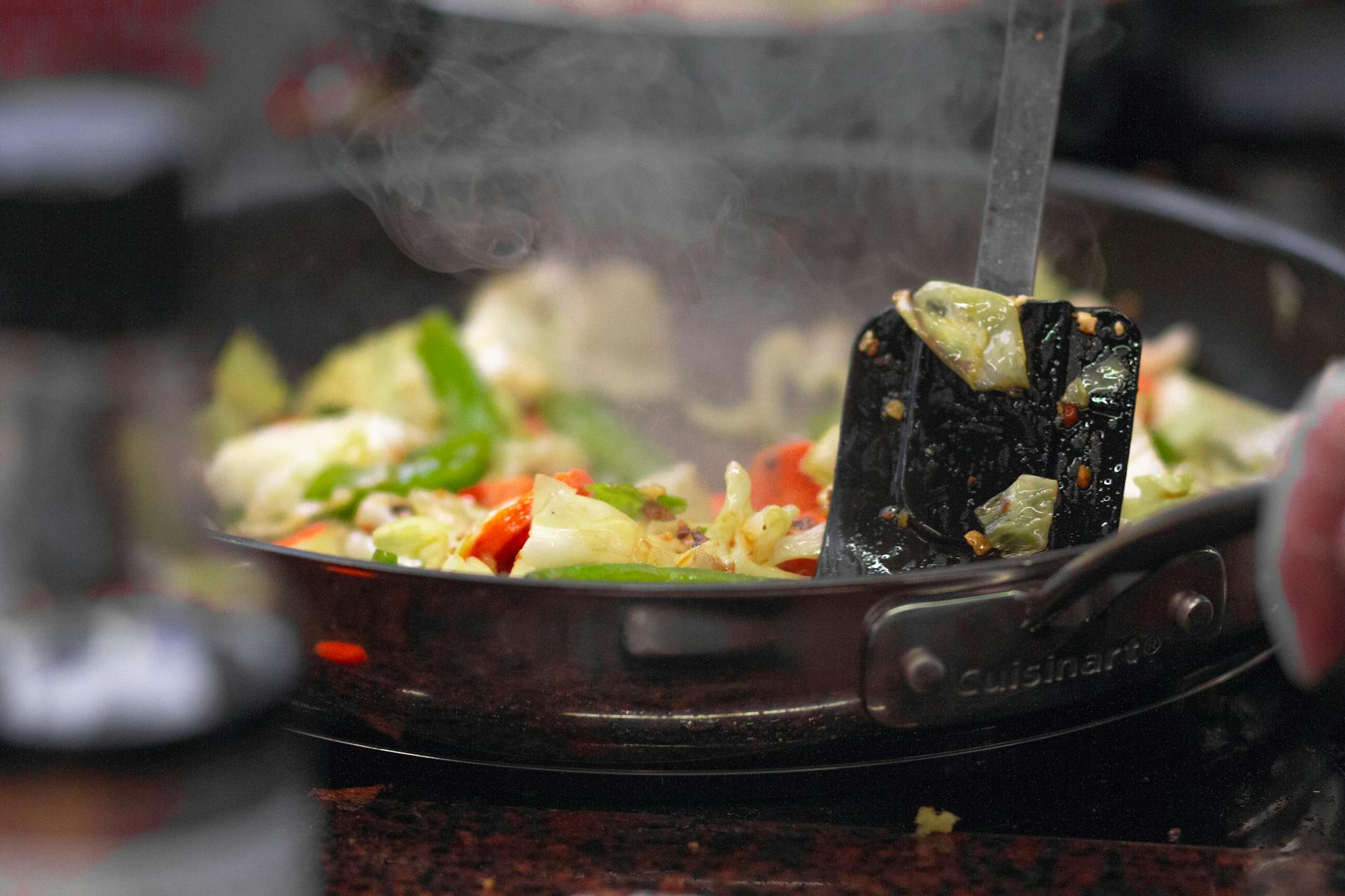
Final Result
